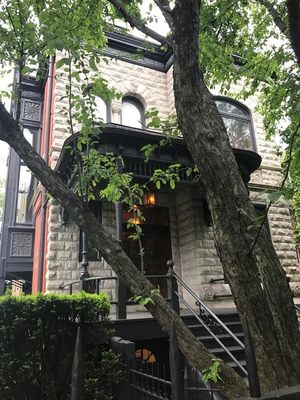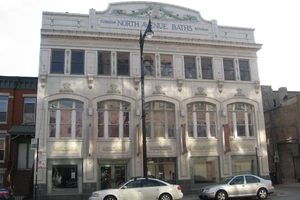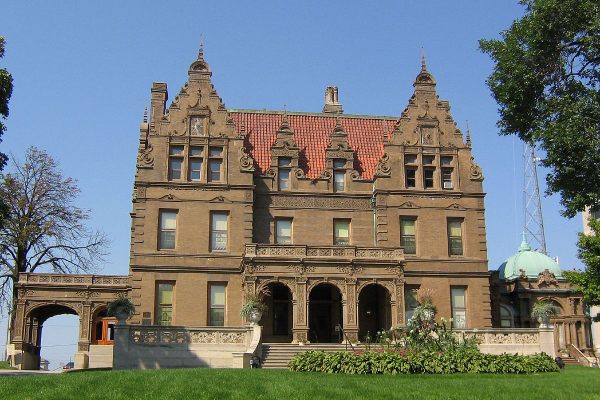About
Evidence of time's passage in Chicago's Wicker Park can be found in the pockets of stunning late-19th century mansions that survived through the “bad old days."
The so-called “Beer Baron Row” of elaborate single-family homes stretches for about two blocks on Hoyne Avenue north from Pierce. Many of these mansions were built by German immigrants who made a fortune in the brewing business, like John Raap, a beer merchant and wholesale liquor retailer who built a stately red brick home at 1407 North Hoyne Avenue. The size and stature of these homes provide a clue as to how important the craft of brewing was to the area.
Chicago was incorporated as a town in 1833 and that very same year, the Haas and Sulzer Brewery, the town's first commercial brewery opened. German immigrants poured into the midwest, bringing along their yeasts, their lagers, and their biergartens. Beer was so culturally significant that it became a flashpoint in one of Chicago's earliest riots: the 1855 Lager Beer Riot. A new Know Nothing mayor, eager to target immigrants and curtail alcohol consumption, banned beer sales on Sundays and raised the the cost of a liquor license astronomically. German and Irish immigrants responded by storming downtown en masse.
By 1860, Chicago had 32 breweries and changes in process and technology (like pasteurization) allowed beer production to soar. Chicago even had a special school, the Siebel Institute of Technology, where different beer-making techniques were tried and tested. However, as time went on, the Great Fire in 1871 and Prohibition slowed production down enough that what was left was unable to compete with national beer brands when Prohibition was finally reversed, and the industry fell into decline.
Related Tags
Published
July 25, 2010
Sources
- https://en.wikipedia.org/wiki/John_Henry_Raap
- http://www.wickerparkbucktown.info/content-arts/wicker-parks-historic-mansions-beer-baron-row
- http://drinks.seriouseats.com/2011/10/beer-history-german-american-brewers-before-prohibition.html
- https://www.lib.uchicago.edu/e/webexhibits/brewing/chicago.html


























